A lot of iPhone rumors focus on the flashy Pro models, but here's a plot twist: the base iPhone 17 might be getting a bigger upgrade than anyone thought. While early whispers suggested it would stick with last year's A18 chip, new benchmark data and conflicting analyst reports paint a different picture—one where the standard iPhone 17 could actually hold its own against pricier siblings.
Why the chip confusion matters more than you think
The rumor mill has been spinning contradictory stories about what actually powers the iPhone 17, and the implications reach far beyond tech specs. Jeff Pu initially believed the base model would get the A19 chip, while other analysts suggested it might be stuck with the iPhone 16's A18. But Fixed Focus Digital, a leaker with over two million followers, claims the iPhone 17 will indeed feature the A19 chip—making it the only model in the lineup to get the standard version.
This matters because Apple has increasingly used chip differentiation to create artificial performance tiers. The iPhone 15 adopted the A16 while Pro models got the A17 Pro, establishing a pattern that had many expecting the iPhone 17 to follow suit. If the base model truly gets an A19, it suggests Apple is rethinking how it segments performance across the lineup—possibly in response to Android flagships that deliver high-end processors across most price points.
Based on our testing of A18 performance in current iPhones, this benchmark jump suggests real-world improvements where it matters most. Single-core performance drives app responsiveness, camera processing, and interface smoothness—the daily tasks that actually define your iPhone experience. Multi-core gains translate to better video editing, faster photo processing, and more efficient background app management.
What this means for the entire iPhone 17 lineup
This chip strategy connects to broader hardware democratization across Apple's 2025 iPhone strategy. The iPhone 17 Air is rumored to get a modified A19 Pro chip with a 5-core GPU instead of the 6-core version in Pro models—essentially a "binned" processor that lets Apple use chips that don't quite meet Pro specifications. Meanwhile, most models (Air is excluded) are expected to jump to 12GB of RAM to support more sophisticated AI features.
The display upgrades reinforce this pattern of base model improvements. Multiple sources suggest Apple will finally bring 120Hz ProMotion to all iPhone 17 models, ending the artificial limitation that kept smooth scrolling locked to Pro devices. The base iPhone 17 is also expected to grow from 6.1 to 6.3 inches, matching the Pro model's screen size.
This democratization strategy makes competitive sense. Samsung's Galaxy S25 series delivers flagship processors and high refresh rates across multiple price points, while Google's Pixel lineup has narrowed performance gaps between standard and Pro models. Apple can't afford to artificially limit base models as aggressively as before without risking market share to Android alternatives that offer more consistent flagship experiences.
The bigger picture: Apple's chip strategy evolving
What's really happening reflects Apple's semiconductor roadmap and the economics of chip production. The A19 architecture represents a stepping stone to the truly next-generation A20 chip expected in 2026. The A20 will likely be Apple's first 2nm processor, delivering a 15% performance boost and up to 30% better power efficiency—making 2025 the perfect year to be more generous with A19 distribution.
The manufacturing economics support this theory. TSMC's 2nm process has achieved a 60% yield rate, but costs around $30,000 per wafer—roughly double the cost of current 3nm chips. This timeline explains why Apple might spread A19 variants across the 2025 lineup to maximize value from its 3nm investments while preparing for the expensive 2nm transition.
From a supply chain perspective, this approach reduces Apple's dependency on artificial scarcity for premium models. Instead of manufacturing completely different chips for different price tiers, Apple can use the same A19 foundation with different configurations—similar to how PC manufacturers have handled processor variants for years.
What this actually means for your wallet
If you're upgrading from an iPhone 14 or older, these performance improvements translate to dramatically better real-world experiences. That A19 chip means significantly faster photo processing, smoother gaming performance, and more responsive AI features. The 120Hz display upgrade alone represents a $200+ value that was previously locked to Pro models.
The iPhone 17 Air might command premium pricing at $899, but a more powerful base model could pressure Apple to maintain the $799 starting price while delivering genuinely flagship-level performance. For most users, the difference between A19 and A19 Pro performance will be negligible in daily use—making the base model a more compelling purchase than ever.
PRO TIP: If you're primarily using your iPhone for photography, social media, and productivity apps, the base iPhone 17's A19 chip will deliver identical performance to Pro models for these tasks. The GPU differences only matter for intensive gaming or professional video editing.
This represents a fundamental shift in Apple's value proposition. Instead of feeling like you're buying a deliberately handicapped device, the base model might deliver genuinely flagship-level performance for the first time in years. That's exactly what consumers need as upgrade cycles lengthen and smartphone prices continue climbing.
Where do we go from here?
Having covered Apple's chip strategy evolution for several years, this potential iPhone 17 upgrade represents one of the most significant base model improvements in recent memory. The combination of A19 performance, 120Hz displays, and modern AI capabilities at $799 could reset expectations for what "standard" iPhone performance should deliver.
The competitive implications extend beyond Apple's own lineup. If the iPhone 17 truly delivers flagship-level performance at mainstream prices, it pressures Android manufacturers to justify their own premium tiers. Samsung's Galaxy S25 and Google's Pixel 10 will need to offer compelling advantages beyond just matching Apple's specifications.
For consumers, this shift means the traditional advice of "just buy the Pro model" might no longer apply. If the base iPhone 17 delivers A19 performance with modern display technology, the primary differentiators become camera systems, build materials, and specialized features rather than fundamental performance capabilities.
Apple will likely unveil the iPhone 17 series in September, giving us definitive answers about chip configurations and pricing. Based on current patterns and these benchmark glimpses, 2025 might finally be the year Apple stops making you pay Pro prices for genuinely modern iPhone performance—and that's a win for everyone except Apple's profit margins.
Bottom line: If these rumors prove accurate, waiting for the iPhone 17 could be unusually worthwhile. You'll get legitimate flagship performance, modern display technology, and comprehensive AI capabilities without the Pro markup. That's the kind of value proposition that could extend your upgrade cycle while actually improving your daily iPhone experience.







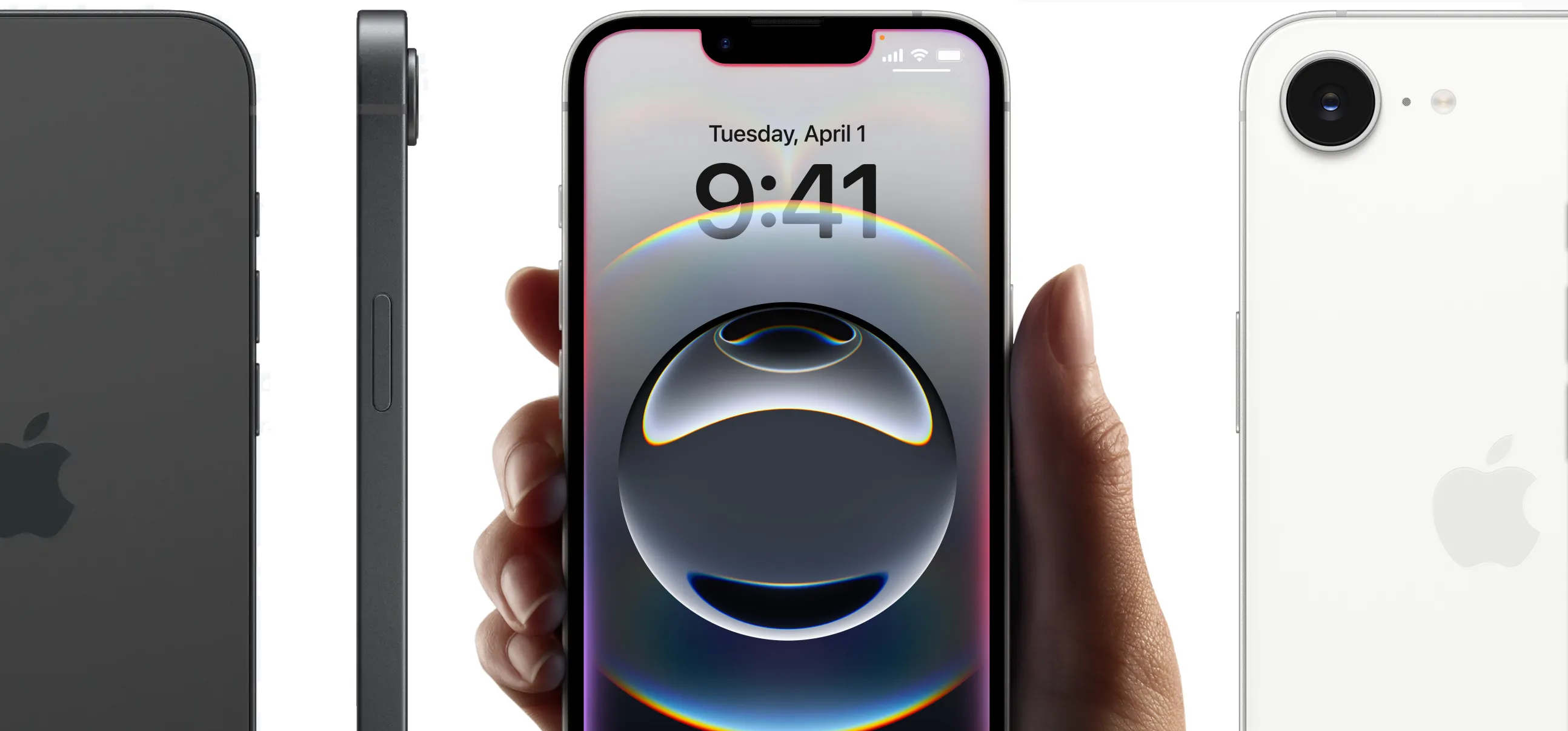
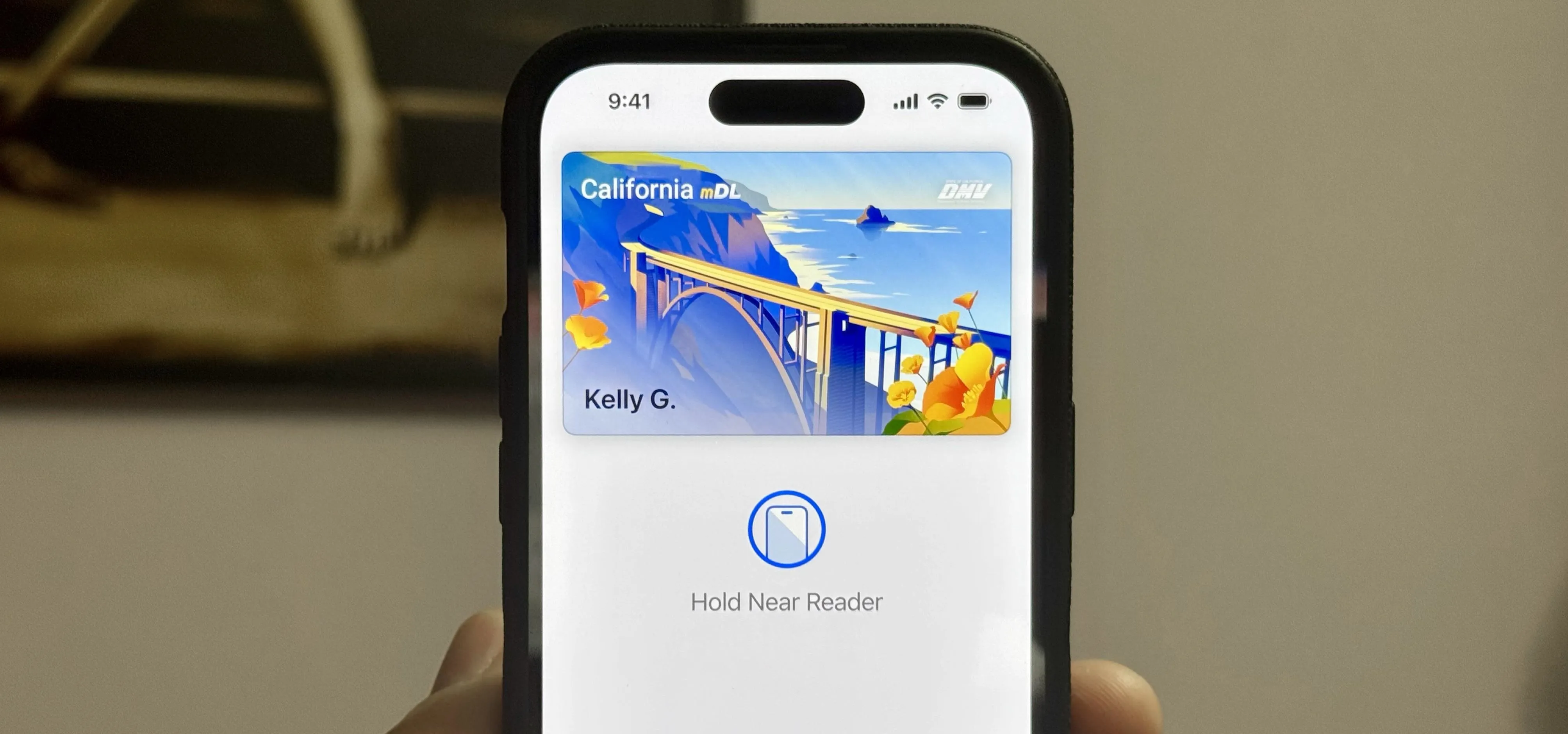
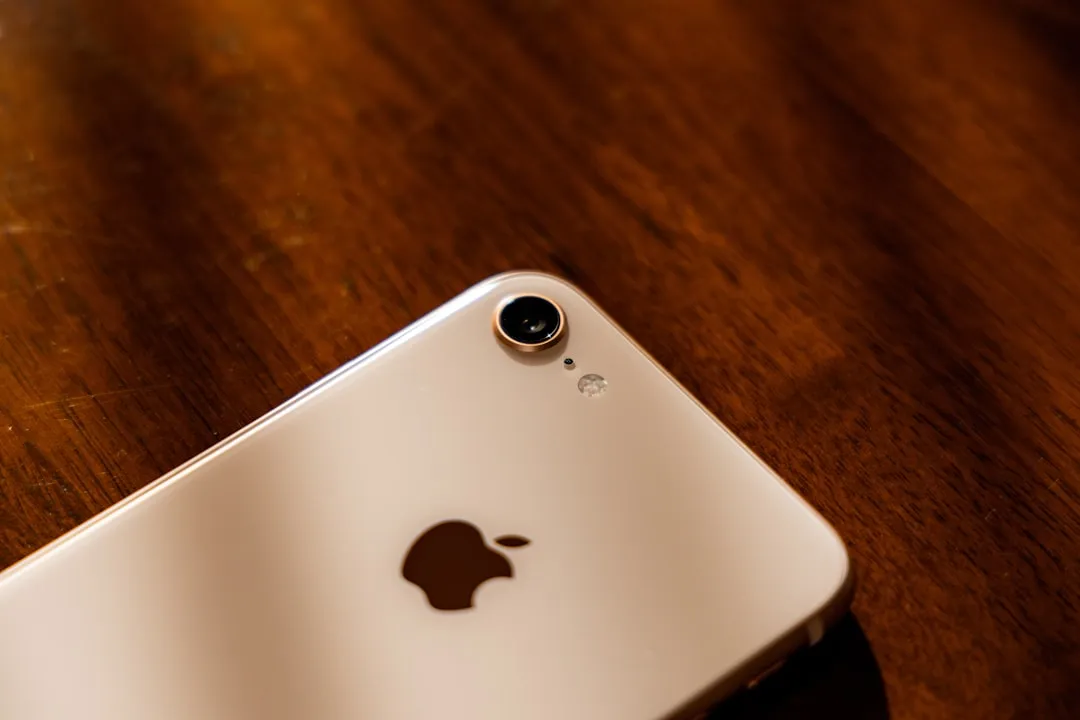
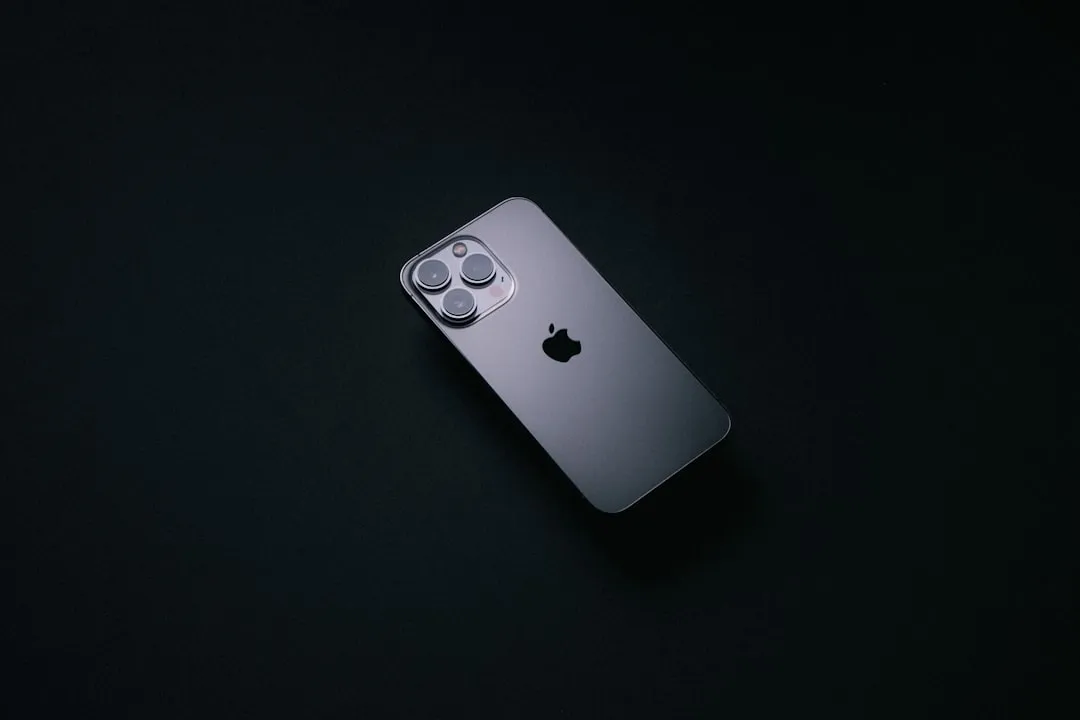
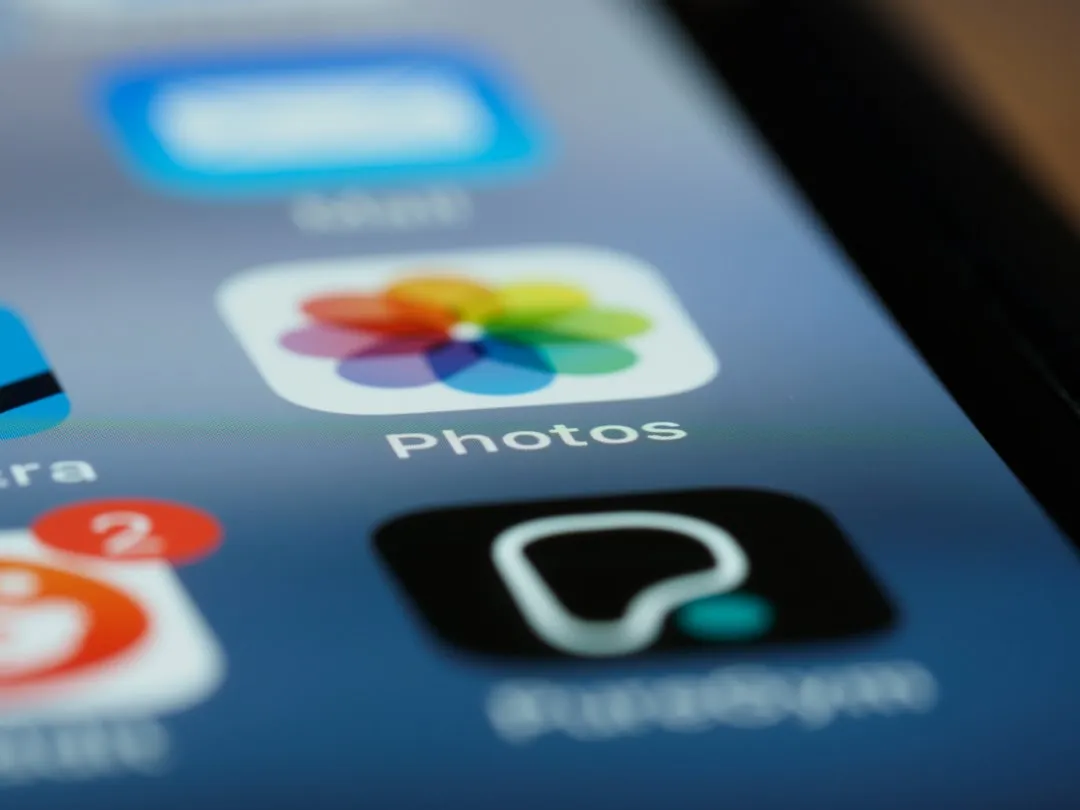
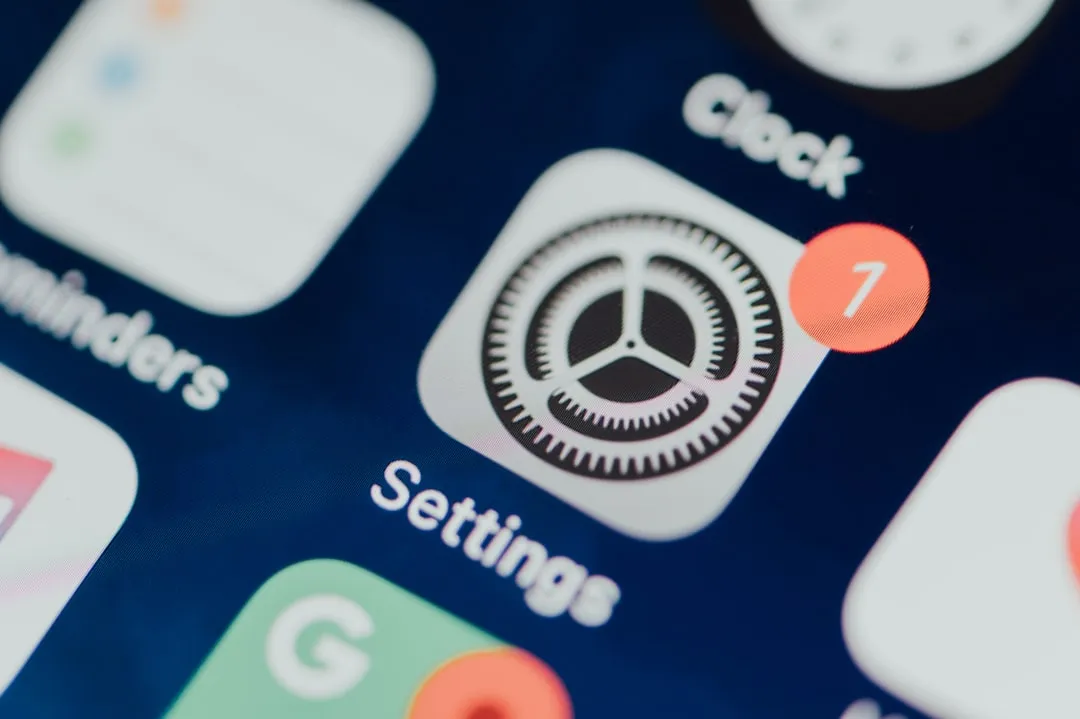
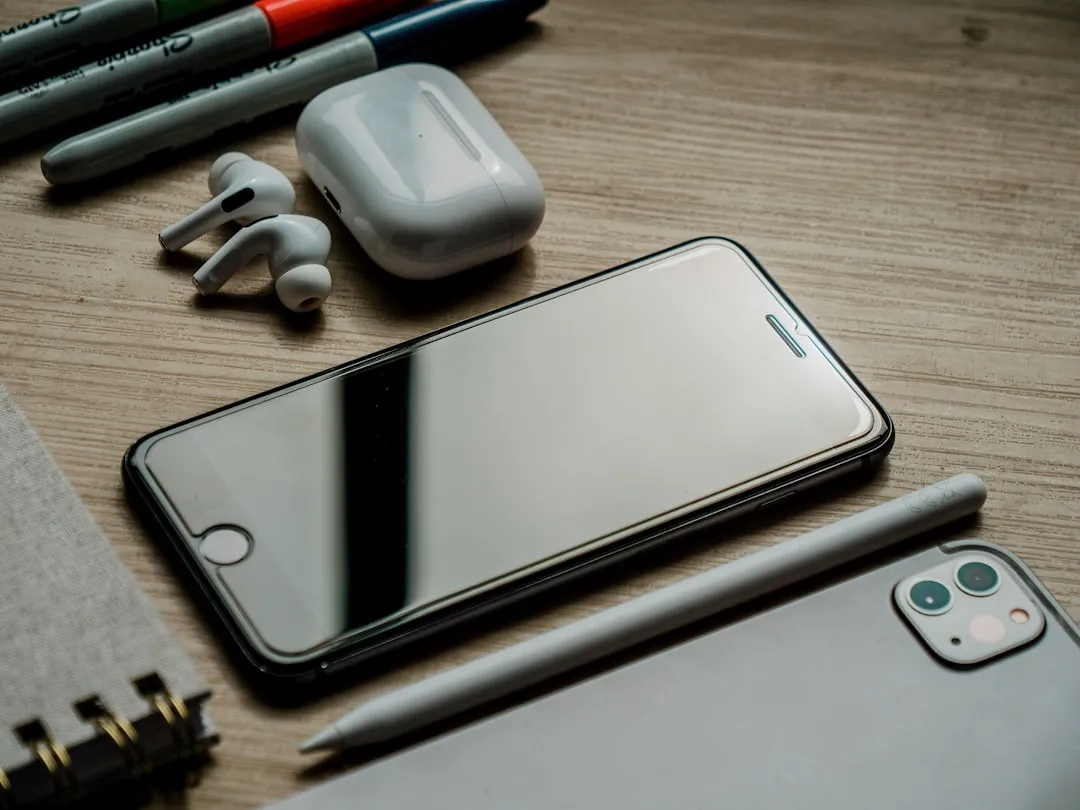
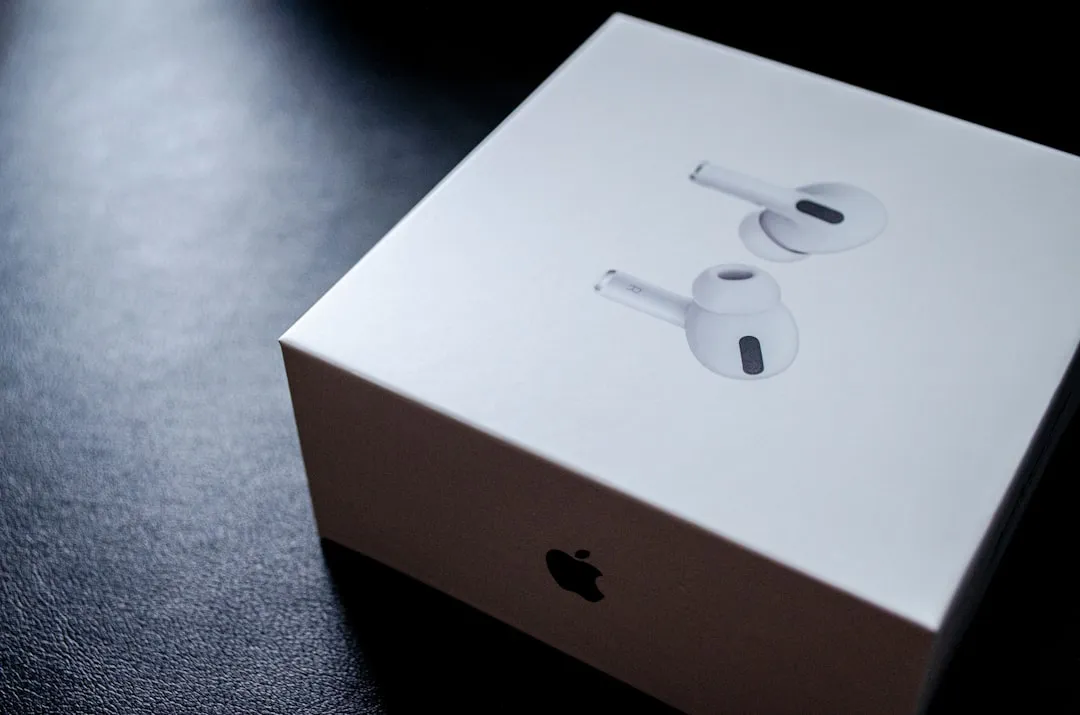
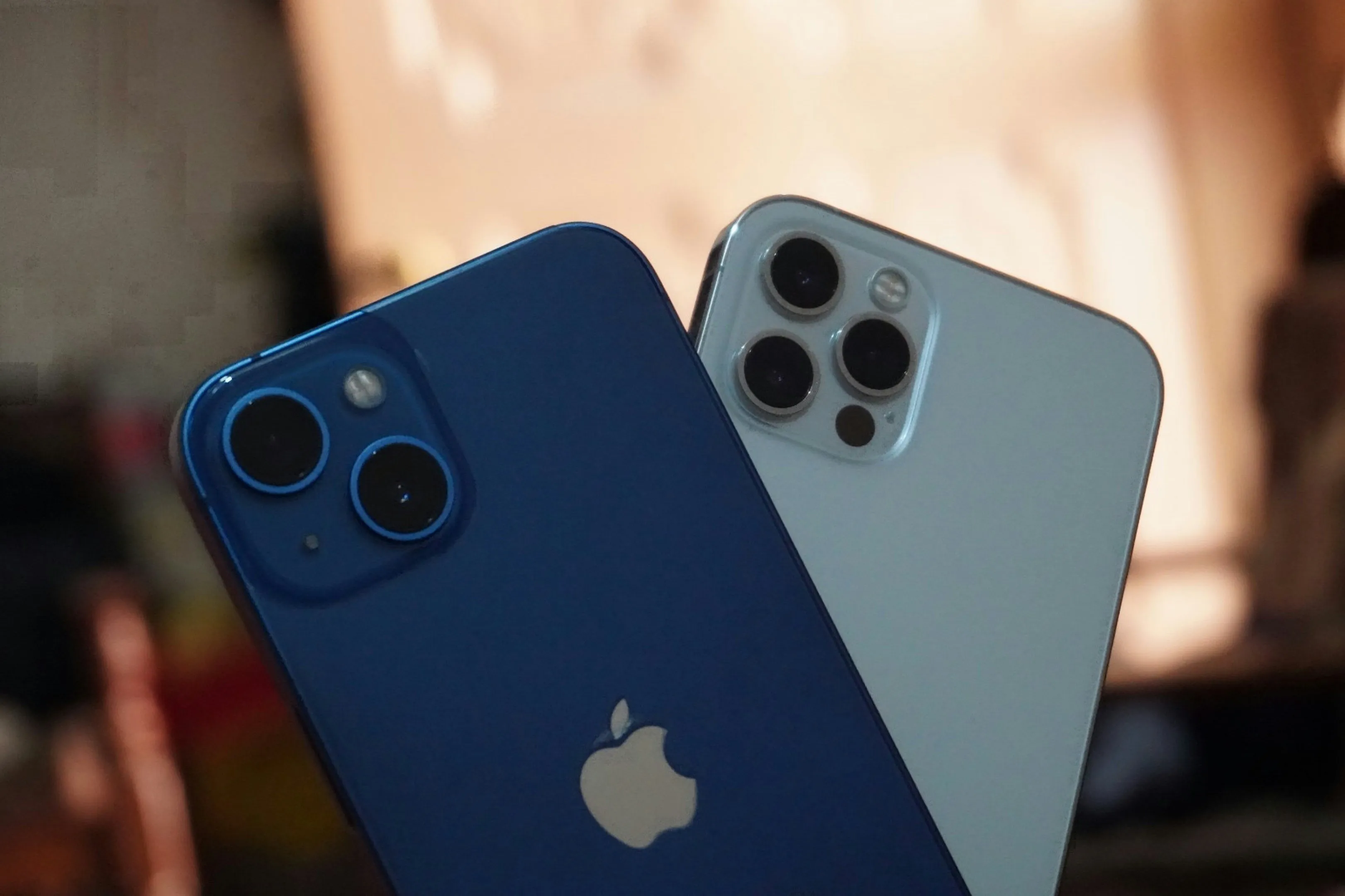
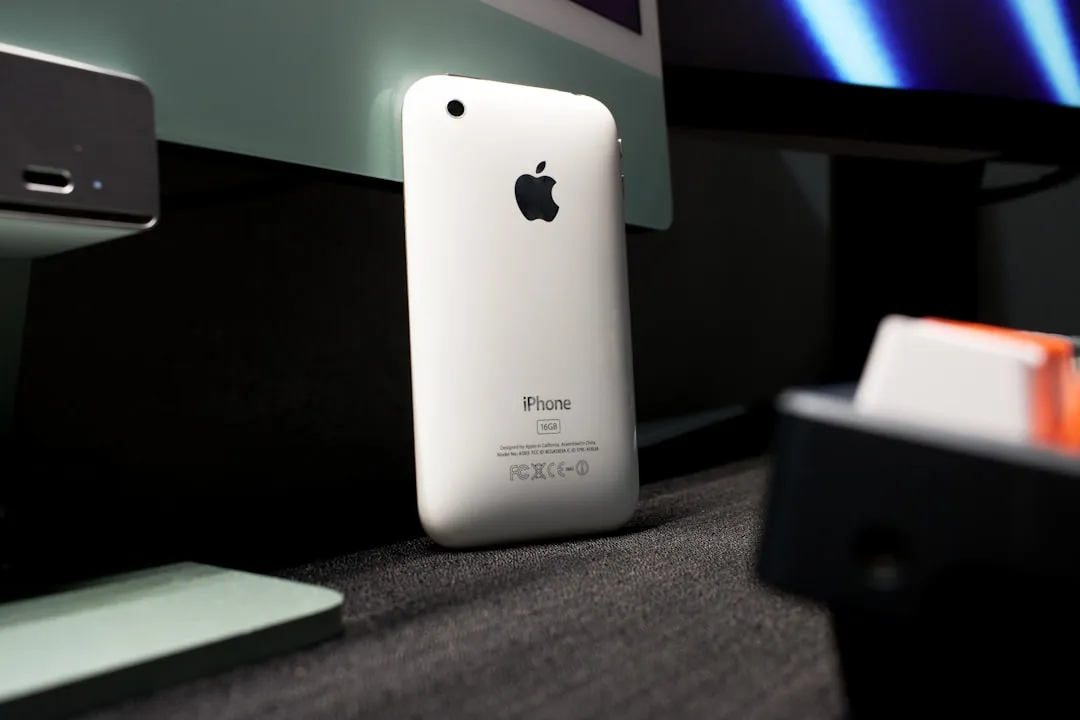
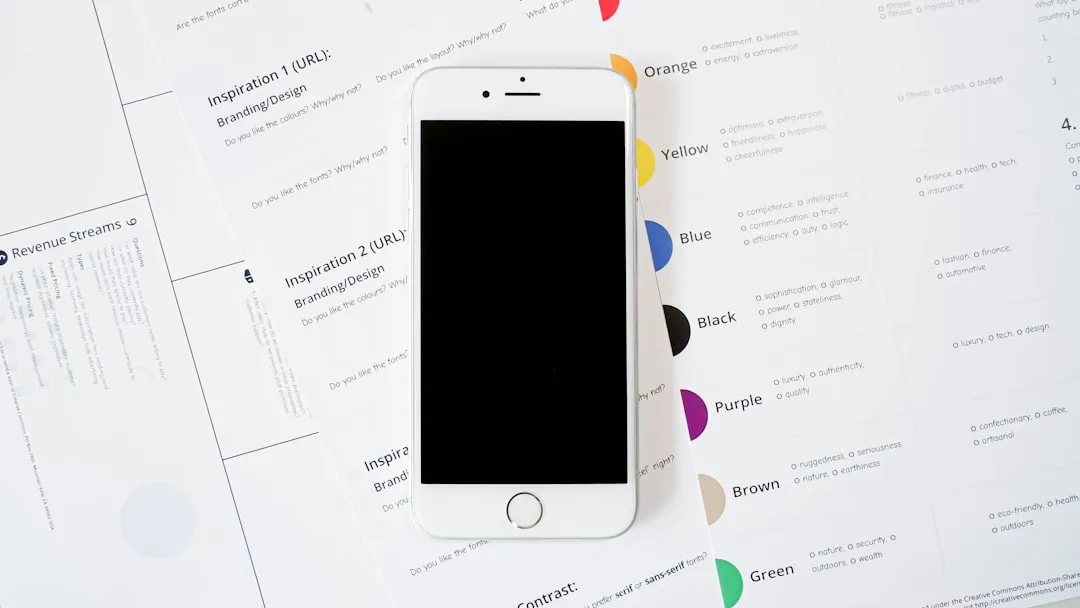
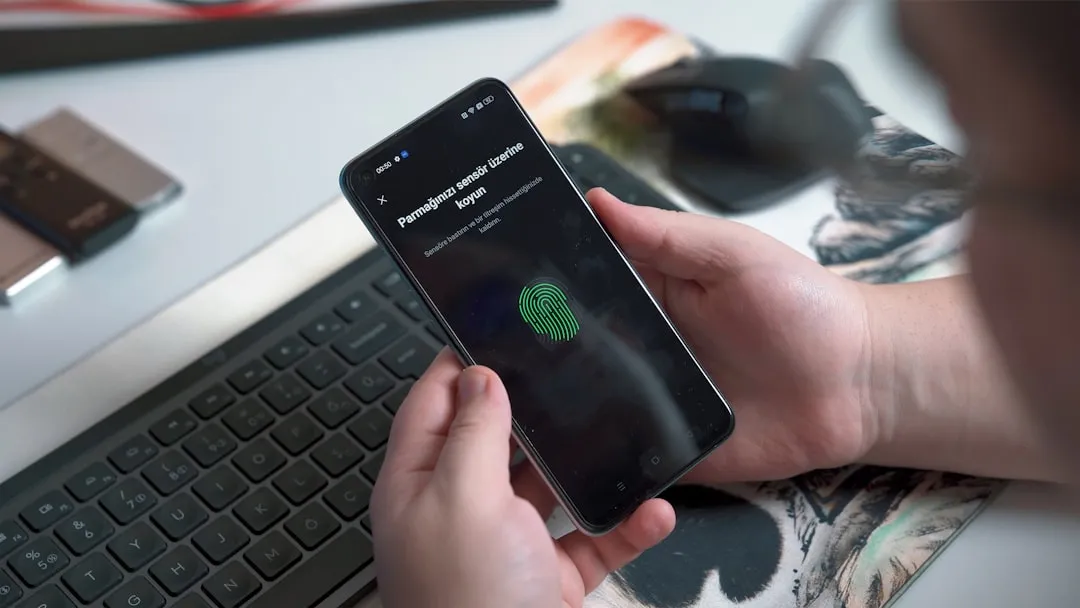
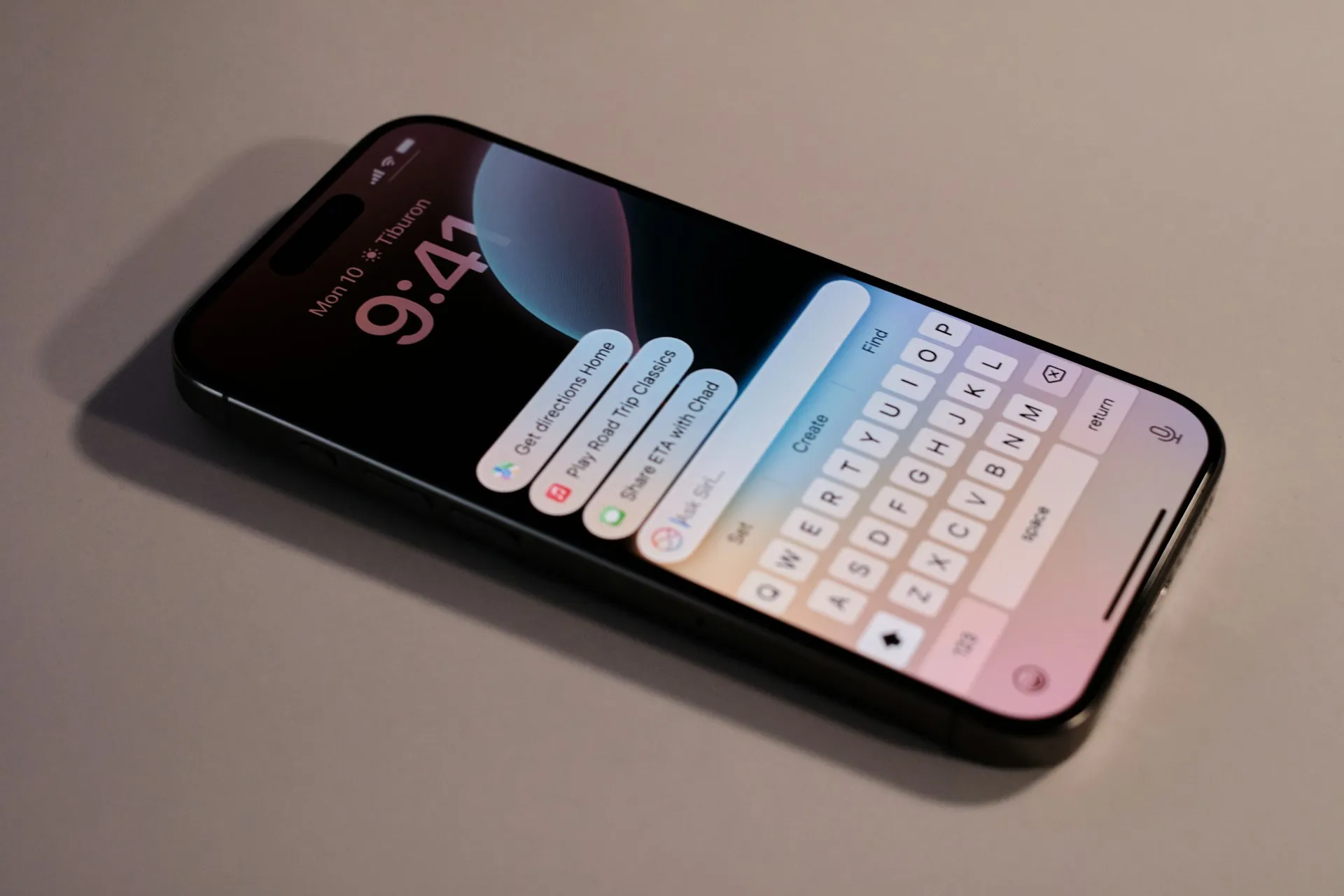

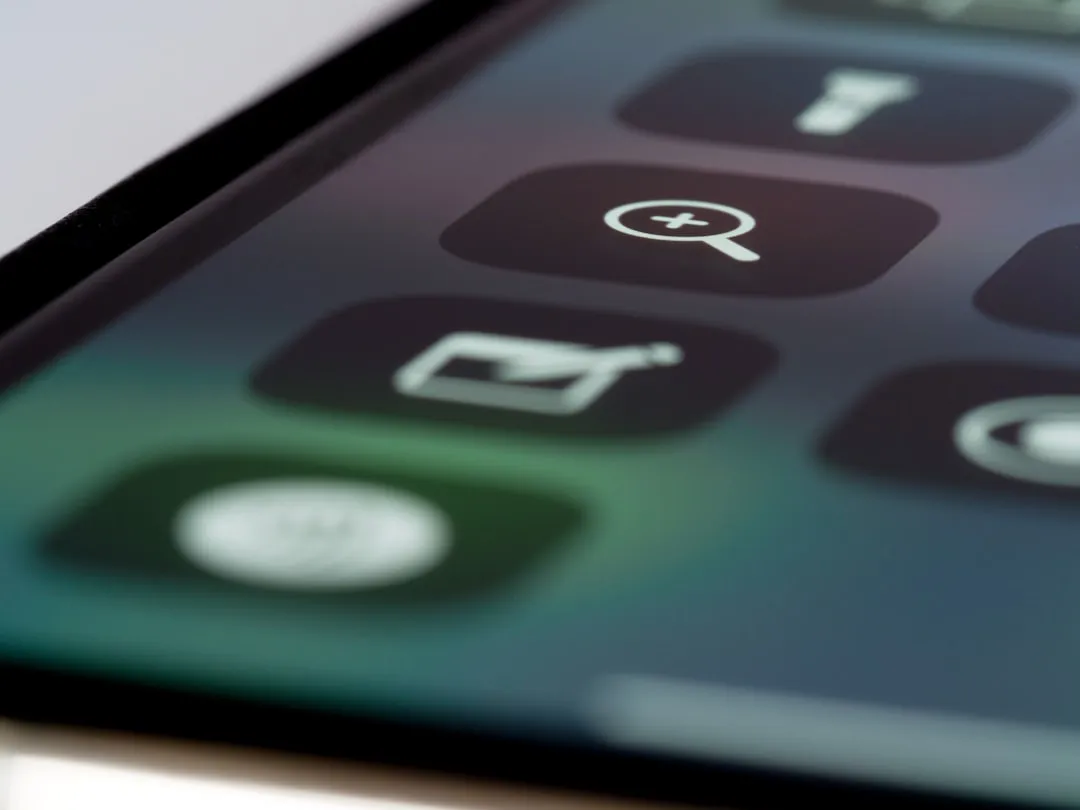
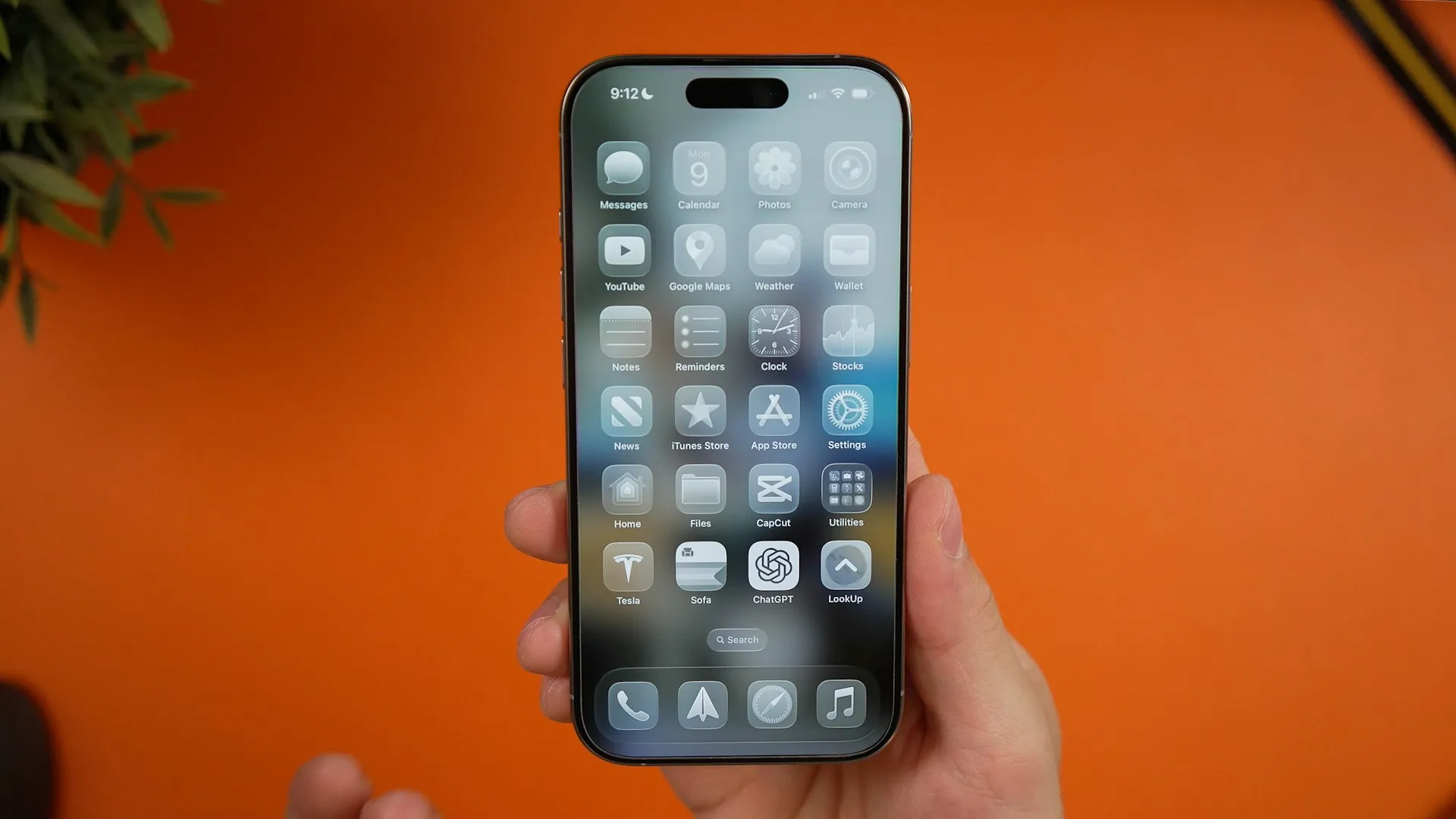
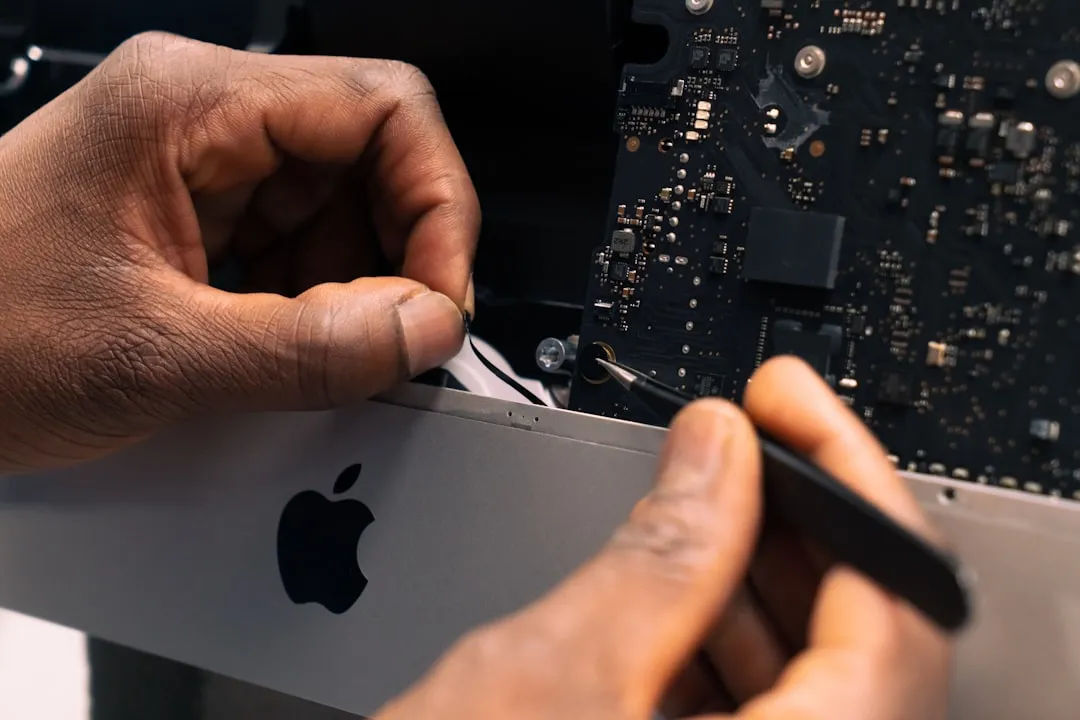
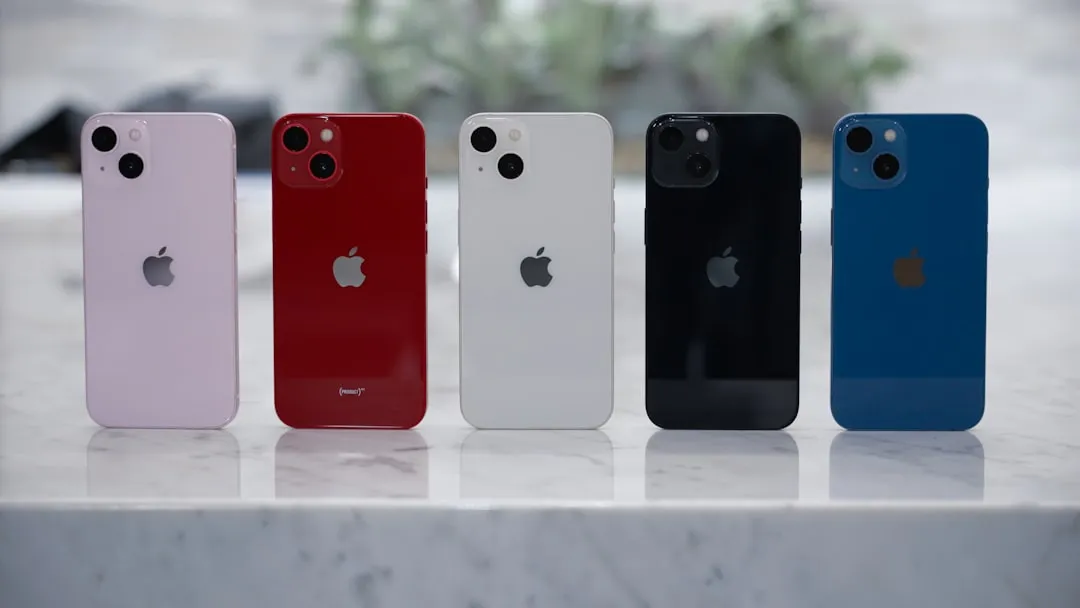
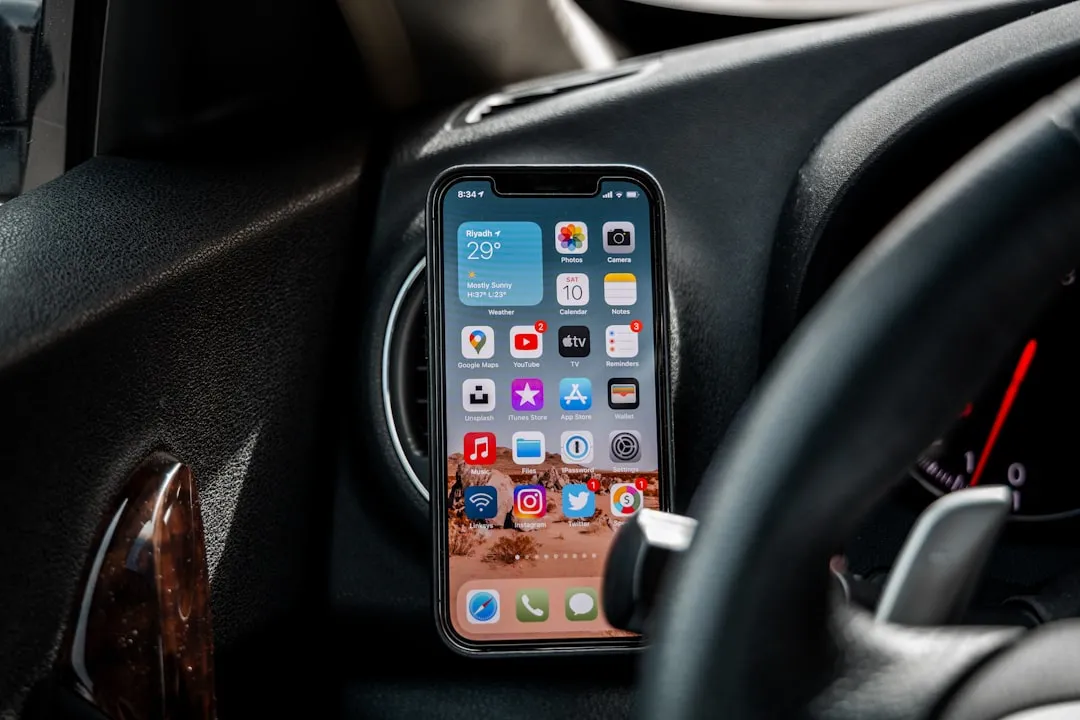

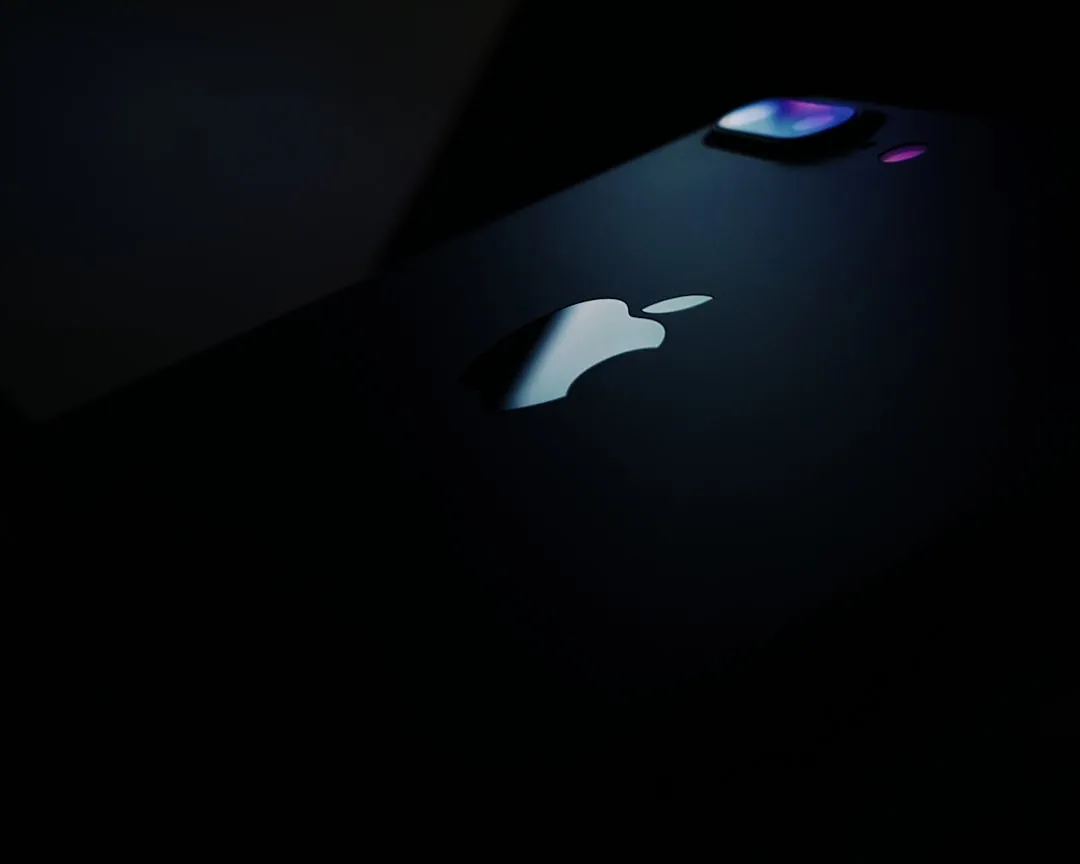
Comments
Be the first, drop a comment!